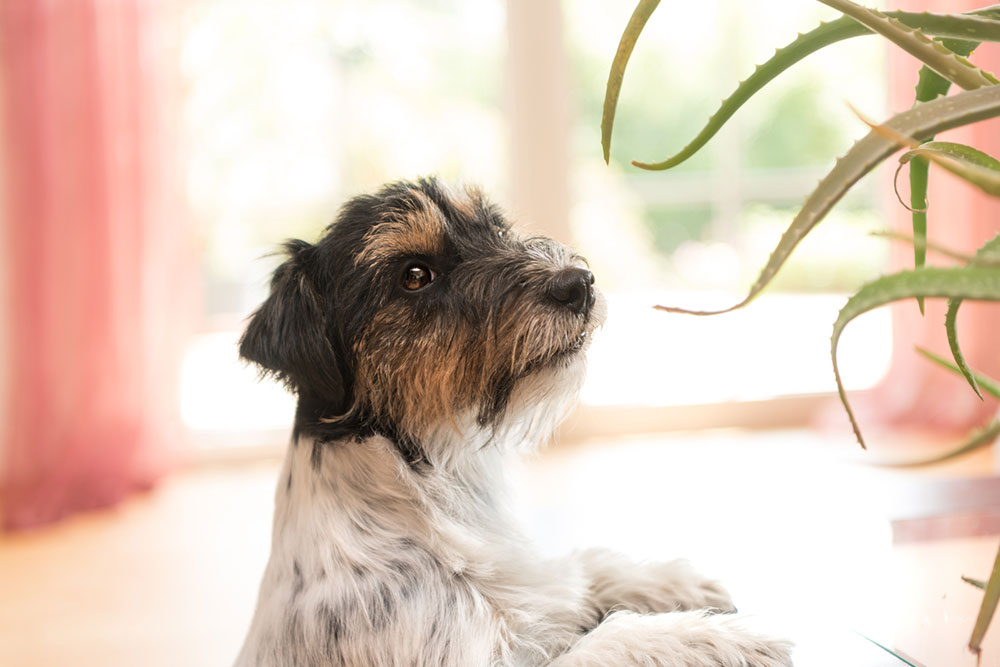
5 Common Toxic Plants for Pets
Plants can brighten up the space around the house. But for those with pets, even some of the common household plants can prove to be hazardous. So, knowing which plants are potentially harmful to pets can help one prevent their pets from chewing or ingesting the leaves or flowers of the toxic plants and lower the risk of any subsequent illnesses. Here are some of the most toxic plants for pets to be aware of.
- Sago palm
Also known as cycas revoluta, the sago palm is known for its aesthetic fronds. Moreover, it is quite easy to grow and take care of. This is why many households have a sago palm in their yard or garden. While it is a common household plant, it is also harmful to pets. All the parts of the plant, specifically the seeds, are known to be highly toxic. Ingesting any part of the sago palm can cause liver failure, excessive drooling, bloody stools, vomiting, fluid retention in the stomach, internal hemorrhaging, and jaundice in pets. - Jade plant
This succulent is quite popular for its exotic appearance. The sturdy built and fleshy leaves can uplift the decor of any space. But, on the flip side, this plant is harmful to pets. Chewing or ingesting any part of this plant can lead to toxic effects. In most cases, the symptoms can be quite mild, such as vomiting, lack of coordination, lethargy, and loss of appetite. However, in severe cases, one’s pet may start experiencing a slower heart rate and convulsions. - Amaryllis
The amaryllis is a favorite holiday gift for plant lovers. With its oversized bulb-like appearance that has elegant and tall stems with beautiful trumpet-shaped flowers, it can be quite attractive for humans as well as pets. While it is non-toxic to humans, it can have mildly harmful effects if ingested by a pet. Ingesting the bulb can lead to more harmful effects than chewing on the flowers and leaves. It can cause symptoms such as vomiting, diarrhea, stomach pain, excessive salivation, hypotension, and tremors. - Aloe vera
Having an aloe vera plant around the house can be pretty useful. From applying its gel to the skin for glow and hydration to drinking aloe vera juice to enhance health, the plant entails several benefits. Moreover, it is a low-maintenance plant that hardly requires much watering. Despite its usefulness and convenience, aloe vera should not be placed in homes with pets. The saponin that produces the foaming property in aloe vera is a toxin for dogs and cats. It can cause diarrhea, vomiting, lethargy, and changes in urine. In rare cases, it can also cause severe dehydration and tremors, which can be life-threatening. - Weeping fig
The weeping fig is a common plant grown outdoors in warmer regions. When planted indoors, it develops a glossy foliage with graceful arches. While this may add to the aesthetic value of the space, the weeping fig is harmful to pets. Whether indoors or outdoors, cats and dogs must be kept away from this plant. It contains an enzyme known as ficin that can destroy naturally occurring proteins in dogs. In addition, the plant contains a compound known as ficusin, which can cause symptoms such as photosensitivity, agitation, drooling, diarrhea, loss of appetite, pain in the mouth, and vomiting. Some pets may also develop redness of the skin with blisters and inflammation.
